6 Simple Strength Exercises That Reverse Muscle Loss After 50, According to a Trainer

As a Certified Personal Trainer, I've helped thousands of clients maintain their strength as they age. Many people don't realize that muscle loss begins in our 30s and accelerates after 50, affecting everything from metabolism to mobility. The good news? It's never too late to rebuild. These six exercises are designed specifically for adults over 50 who want to regain strength, improve balance, and enhance overall quality of life.
Why Your Muscles Need Extra Attention After 50
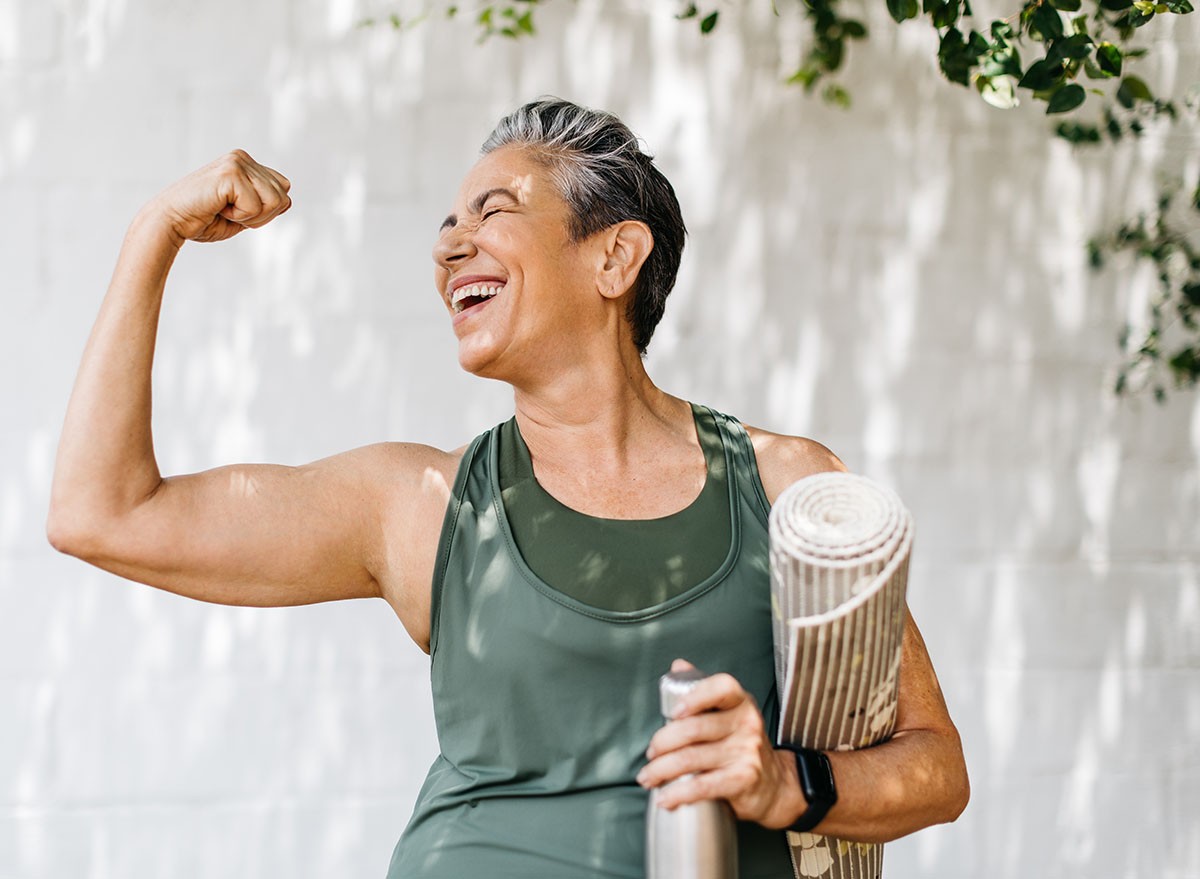
As people age, they face multiple natural, age-related challenges that include muscle loss, reduced protein synthesis, hormonal shifts, and lifestyle factors like inactivity and poor nutrition. These challenges make it difficult to both gain muscle and maintain strength.
In order to combat these challenges as a trainer, it is important to create personalized, targeted strategies. This has shaped my approach by taking the time to carefully evaluate each client's starting health level to get a baseline and learn their goals. I then meticulously create a plan that strategically incorporates strength training with a balanced nutrition, lifestyle changes, and a high-level of motivation.
How Strength Training Benefits Your Aging Body
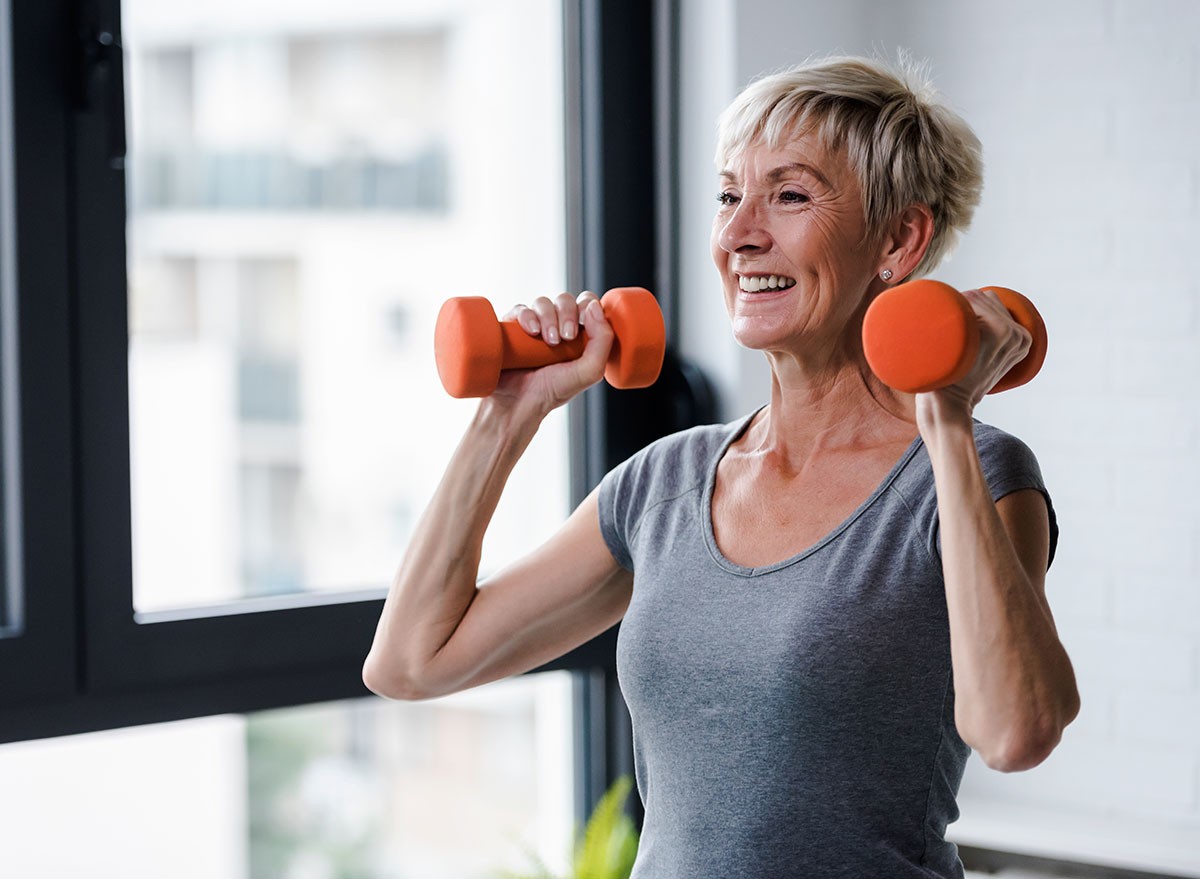
Strength training is particularly important to fight the natural muscle-loss that comes with aging by increasing muscle mass and strength. It additionally aids in improving balance, maintaining bone density, enhancing overall physical fitness, and reducing the risk of falls and injuries. Consistent strength training can also help with enhanced metabolic health to reduce the potential risk of diabetes and improved cardiovascular health.
Squats: The Foundation Builder
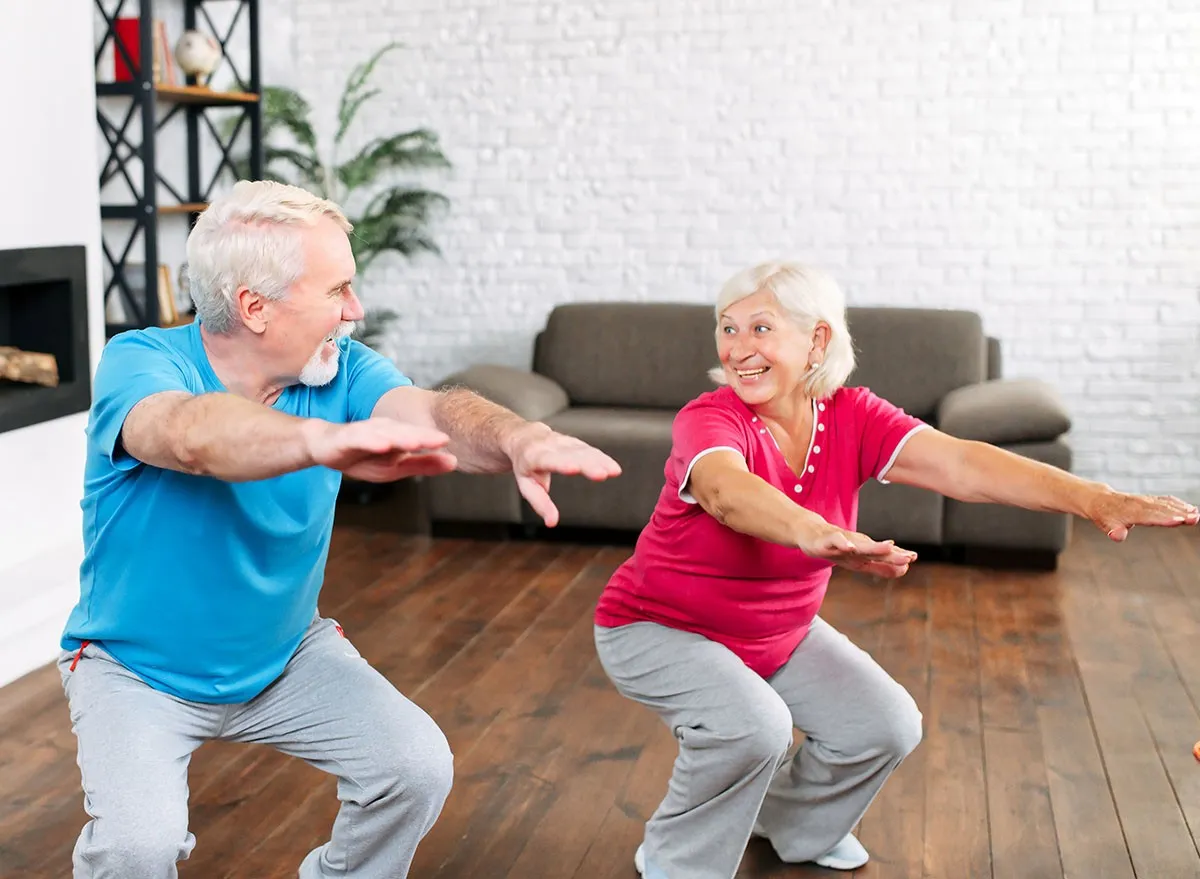
How to do it step-by-step:
- Stand with your feet straight and shoulder-width apart.
- Place your hands either on your hips or hold your arms straight in front of you at shoulder-height.
- Bend your knees while keeping your back straight.
- Lower to a 90-degree angle.
- Slowly stand back up and repeat.
How often and how many reps/sets: Aim to do squats two to three times per week with completing three sets of 10 to 15 reps each session.
Why it works: Squats are great because they engage major lower muscle groups that include the quadriceps, hamstrings, glutes, and calves. They also aid in strengthening the core and lower back. This is an exercise that challenges the body to work harder through resistance, creating increased muscle mass and strength.
Mistakes to avoid: Remember to not lean forward or arch your back throughout the exercise as these mistakes can lead to injuries.
Lunges: Balance and Strength Combined
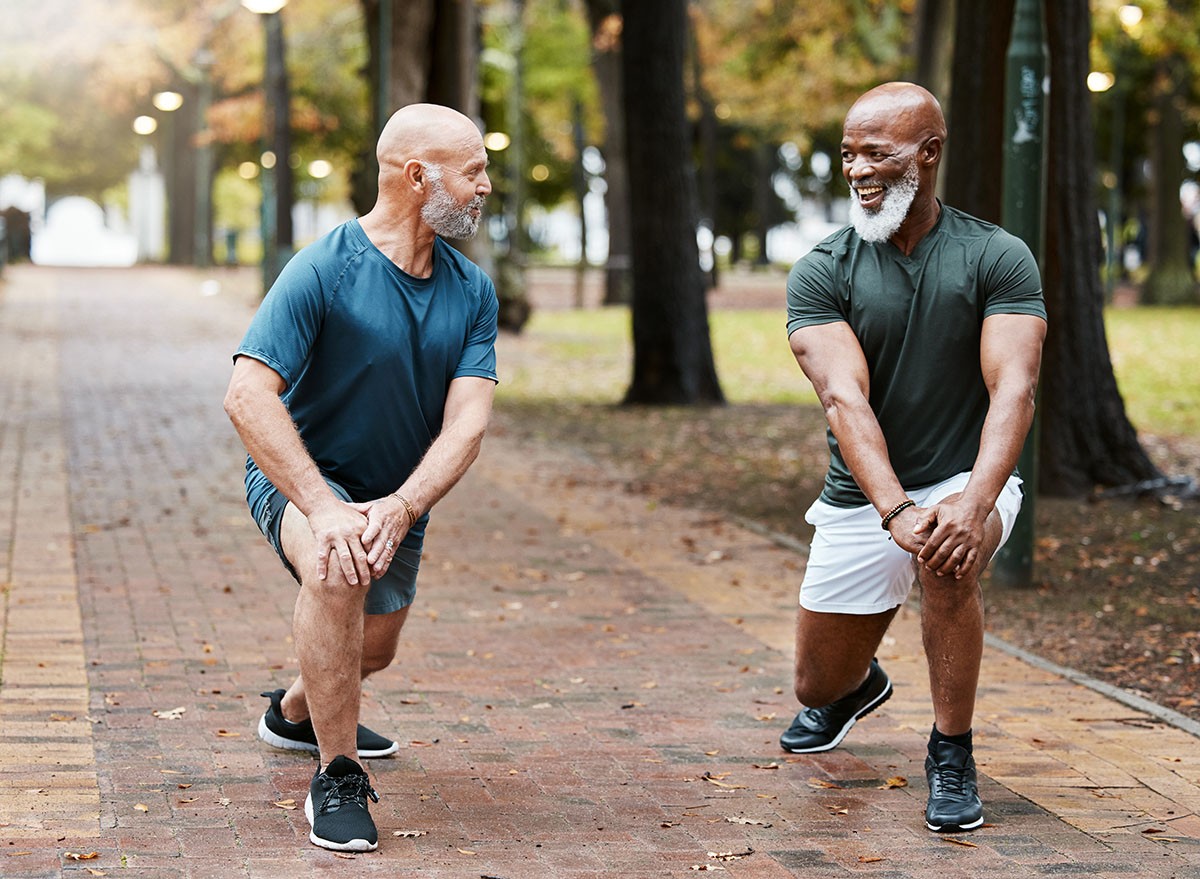
How to do it step-by-step:
- Begin with your feet together and shoulder-width apart.
- Place your hands on your hips.
- Take a step forward with one leg.
- Bend your knees until at a 90-degree angle.
- Raise your body back up.
- Bring the front foot back to the start position.
- Repeat with the opposite leg.
How often and how many reps/sets: Like squats, lunges should be worked on two to three times a week with two to three sets of 10 to 15 reps each side.
Why it works: Lunges work the same muscle groups as squats, but instead this contributes to overall muscle maintenance and gains. These are also helpful to improve balance and stability, crucial in avoiding falls as we age.
Mistakes to avoid: Mistakes to avoid with lunges include taking too short or long of a step, leaning too far forward, and having your front knee push out over your toes.
Tricep Dips: Upper Body Strength Builder

How to do it step-by-step:
- Sit on the ground in front of a chair or bench.
- Place your feet flat on the ground.
- Put your palm on the chair or bench with your fingers facing forward.
- Lift your hips off the ground.
- Lower your body back down by bending your elbows.
- Press down on your hands to straighten your arms back to the raised position.
How often and how many reps/sets: For the most effective results, perform tricep dips with two to three sets of 10 to 15 reps from two to three times per week.
Why it works: Similar to squats, this is a resistance exercise for the upper-body that targets the triceps, a muscle that naturally weakens with age. Tricep dips help to stimulate muscle protein synthesis and spark muscle growth.
Mistakes to avoid: Maximize the exercise by not rounding or shrugging your shoulders and completing the full range of motion.
Push-Ups: Total Upper Body Strengthener
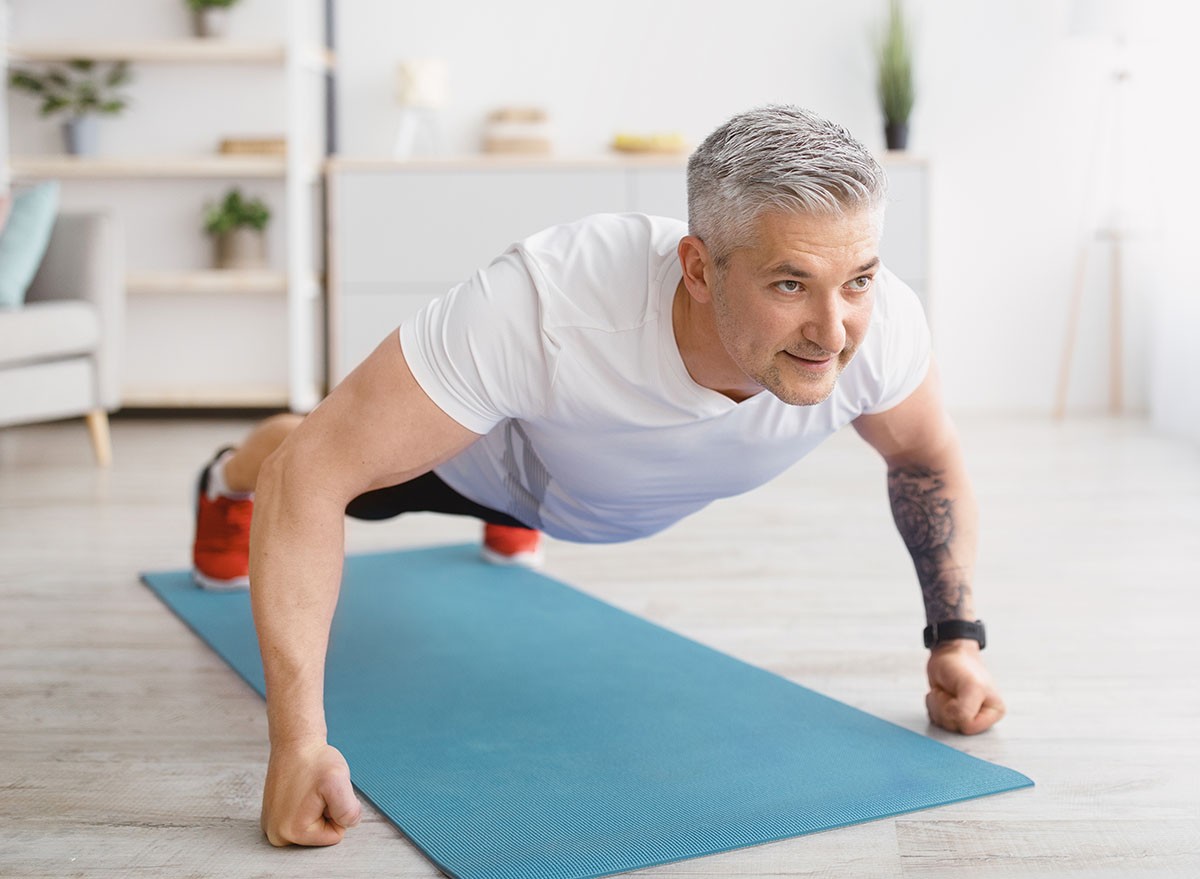
How to do it step-by-step:
- Lie flat on your stomach.
- Put your hands next to your chest.
- Press up on your hands to lift off the ground.
- Bend your elbows to lower back to the ground and repeat.
How often and how many reps/sets: Work on push-ups two to three times per week with sets of eight to 12 reps. You should be looking to complete three to five sets during each session.
Why it works: Push-ups are another resistance workout to stimulate muscle growth and repair. The challenge of push-ups forces your muscles to adapt and become stronger, assisting in slowing down or reversing the natural decline in muscle mass.
Mistakes to avoid: It is important to avoid flaring your elbows out as your lower to the ground. You also want to keep from sagging or raising your hips in order to target the proper muscle groups.
Sit-Ups: Core Power Builder
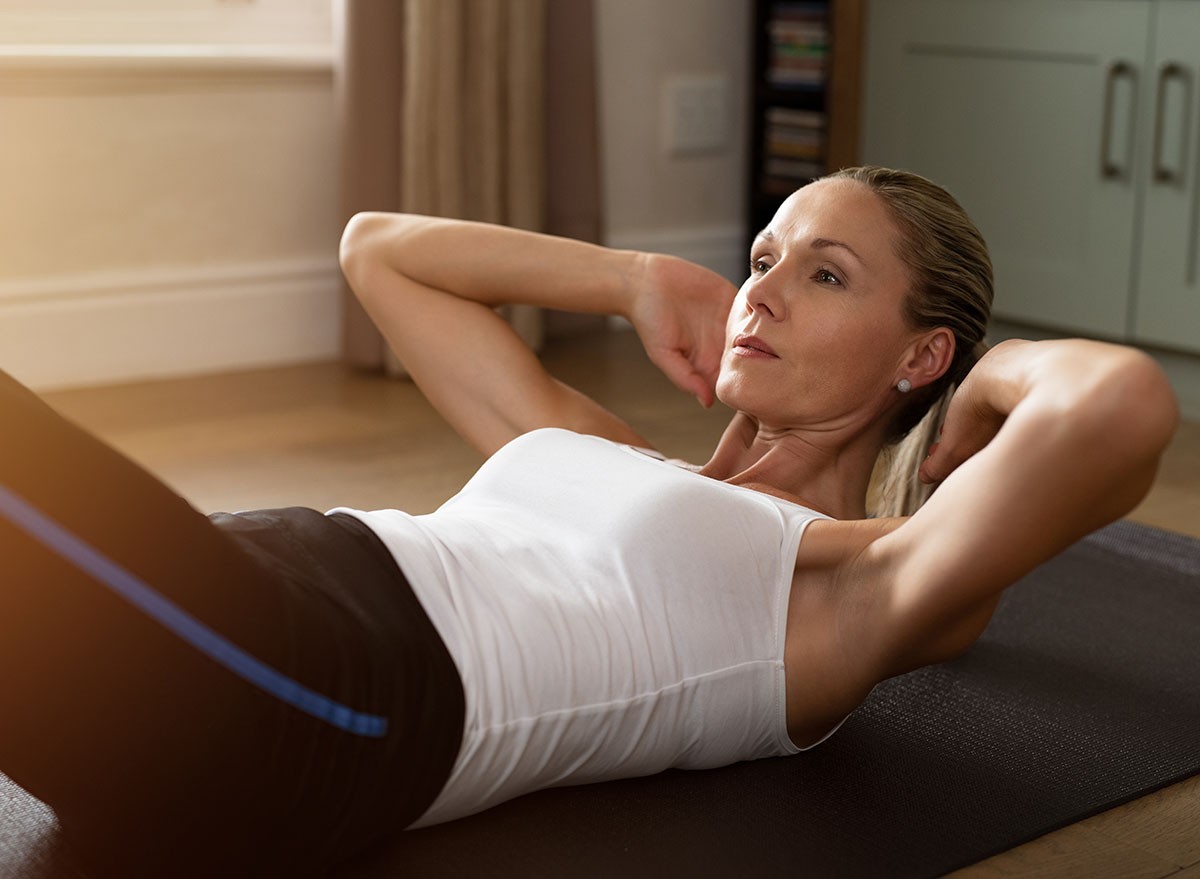
How to do it step-by-step:
- Lie on your back.
- Bend your knees so your feet are flat on the floor.
- Cross your arms and place your hands on the opposite shoulder or interlock your hands behind your head.
- Curl your body up towards your knees.
- Slowly control your body back down to the ground.
How often and how many reps/sets: Look to complete two to three sets of 10 to 15 reps from three to five days a week when it comes to sit-ups.
Why it works: Sit-ups are effective in strengthening your rectus abdominis, obliques, and hip flexors – improving core stability and reducing the risk of falls with age. These can additionally help with muscle endurance improvement.
Mistakes to avoid: Avoid arching your back or pulling on your neck when doing sit-ups. Focus on engaging your core and controlling the movement to properly do this workout.
Plank: Full-Body Stability Master
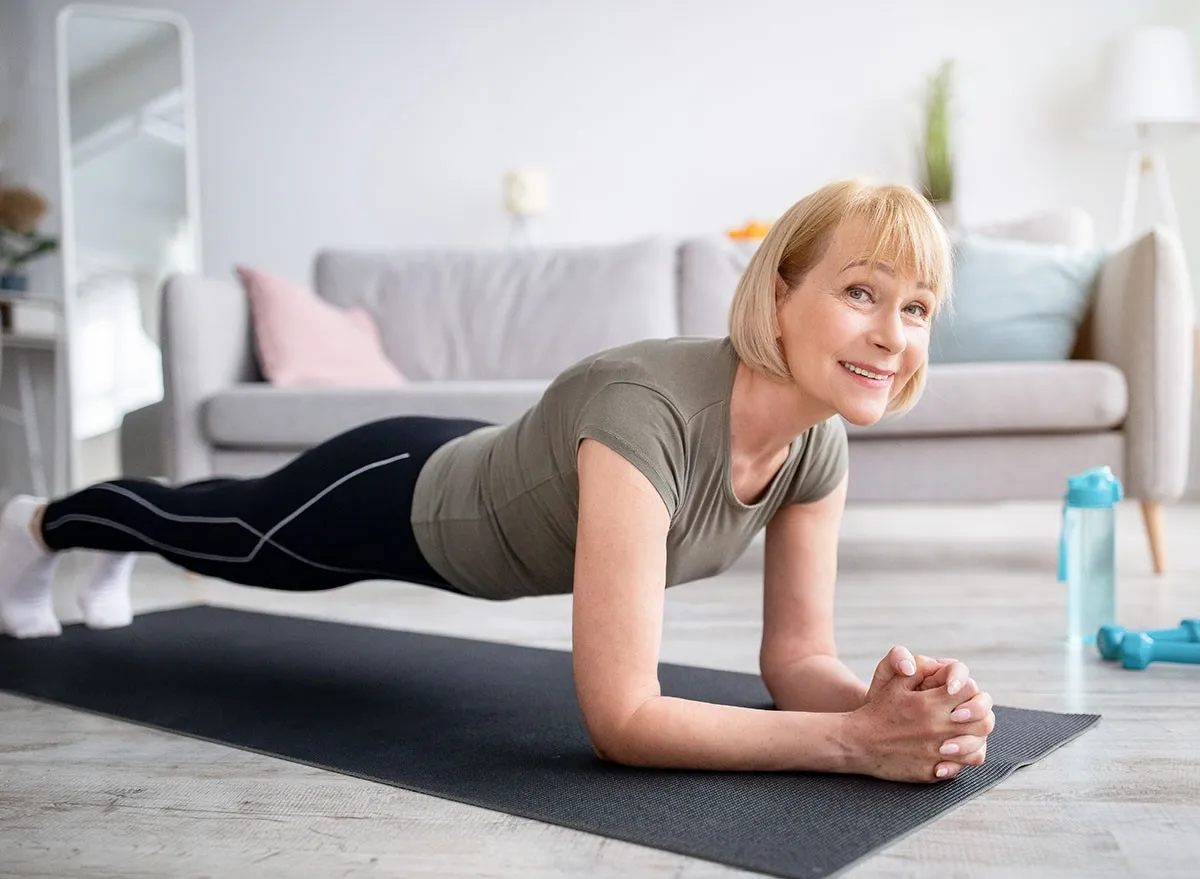
How to do it step-by-step:
- Lie flat on the floor with your stomach down.
- Place your hands or elbows under your shoulders.
- Push up off the ground to raise your body.
- Hold the position for a pre-selected duration.
How often and how many reps/sets: Planks should be completed two to three times per week with three sets of eight to 12 reps and a one-minute rest between each set.
Why it works: Work on planks to improve balance, posture, and overall body function by activating your core, glutes, hamstrings, and lower back to maintain and build strength.
Mistakes to avoid: The most common mistakes to avoid are sagging or raising your hips. Keep your body in a straight line to get a proper workout completed
Your Weekly Workout Plan for Optimal Results
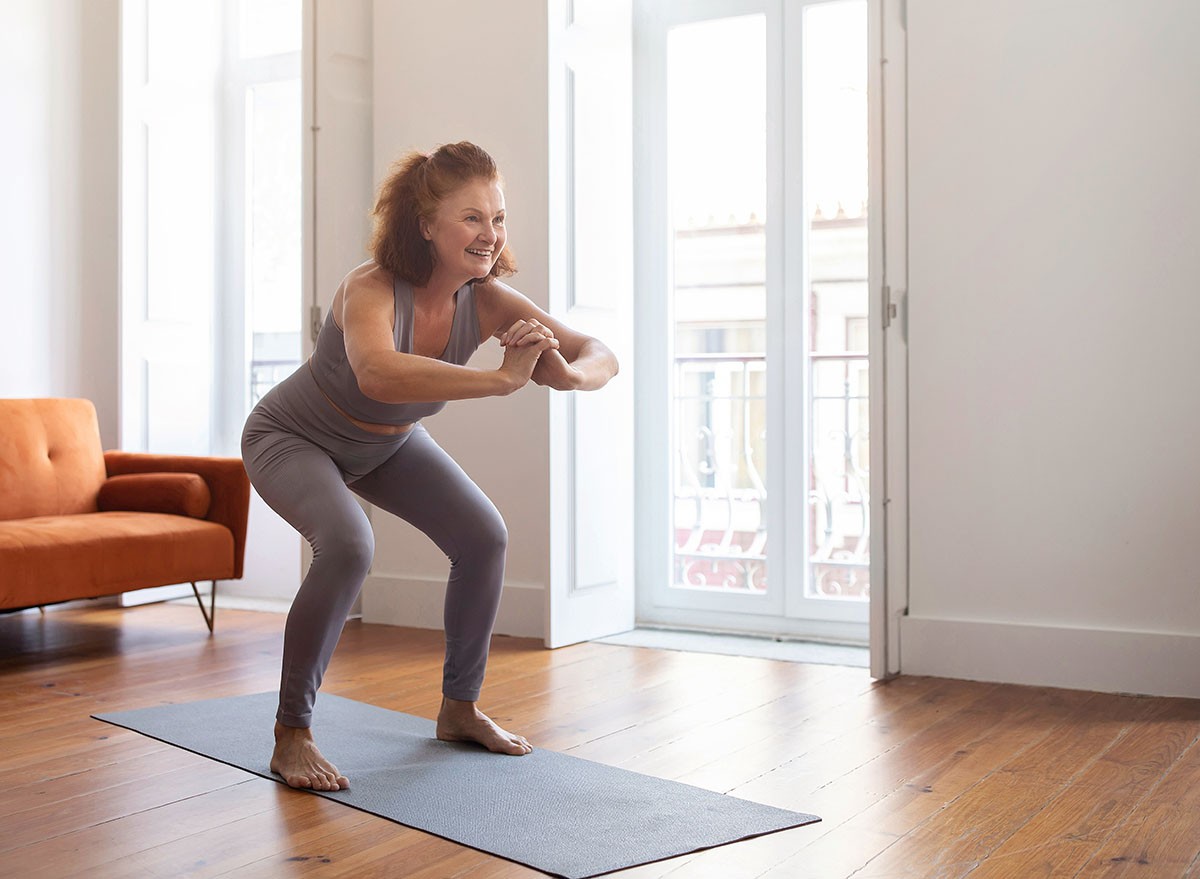
Split the days into muscle-group specific sessions. For example, day one would be lower body and core, day two is for upper body, day three is rest or light activity, day four is full body, day five is rest or light activity, day six is core and upper body, then day seven is for rest.
An example of the breakdown would be:
Day 1 – Lower Body and Core
- Squats: 3 sets of 10-15
- Lunges: 2-3 sets of 10-15 per side
- Sit-Ups: 2-3 sets of 10-15
- Planks: 3 sets of 8-12 30-second holds
Day 2 – Upper Body
- Push-Ups: 3-5 sets of 8-12
- Tricep Dips: 2-3 sets of 10-15
- Plank: 3 sets of 8-12 30-second holds
Day 3 – Rest or Light Activity
- Walking, yoga, stretching
Day 4 – Full Body
- Squats: 3 sets of 10-15
- Lunges: 2-3 sets of 10-15 per side
- Push-Ups: 3-5 sets of 8-12
- Tricep Dips: 2-3 sets of 10-15
- Sit-Ups: 2-3 sets of 10-15
- Plank: 3 sets of 8-12 30-second holds
Day 5 – Rest or Light Activity
- Walking, yoga, stretching, mobility
Day 6 – Core and Upper Body
- Push-Ups: 3-5 sets of 8-12
- Tricep Dips: 2-3 sets of 10-15
- Sit-Ups: 2-3 sets of 10-15
- Plank: 3 sets of 8-12 30-second holds
Day 7 – Rest
What Results to Expect From Your New Routine
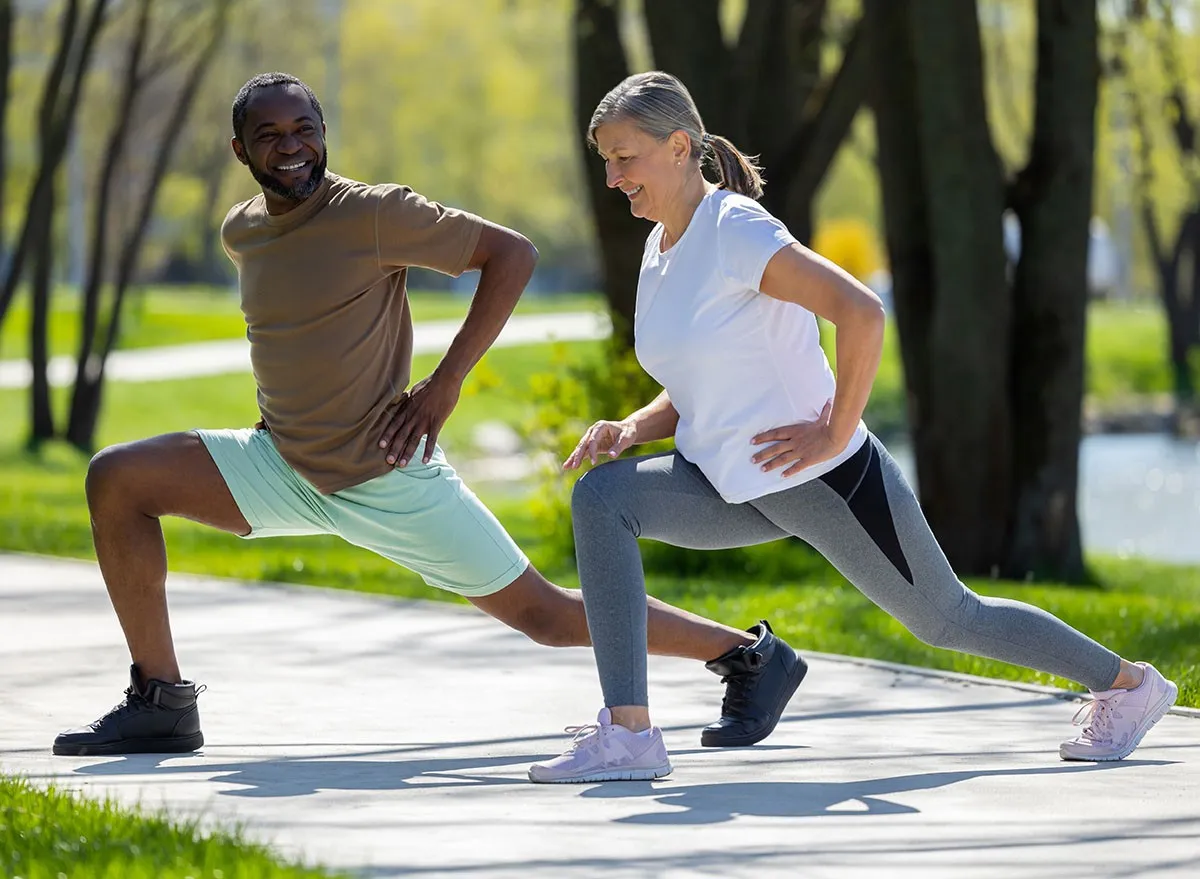
Constancy is the key to any workout routine and generating the best results.
After four weeks, people would experience increased energy and stamina, better joint mobility and flexibility, improved balance and stability, slight strength improvements, and more muscle awareness.
At the end of eight weeks, there will be noticeable strength gains and visibly leaner muscle tone to go along with better endurance and recovery and potential weight loss or body composition changes.
Committing to this routine for 12 weeks will lead to consistent and sustainable strength improvements, better functional fitness, enhanced body confidence, reduced join pain or stiffness, lower risk of injury, and improved mental health.
One Final Tip for Getting Started
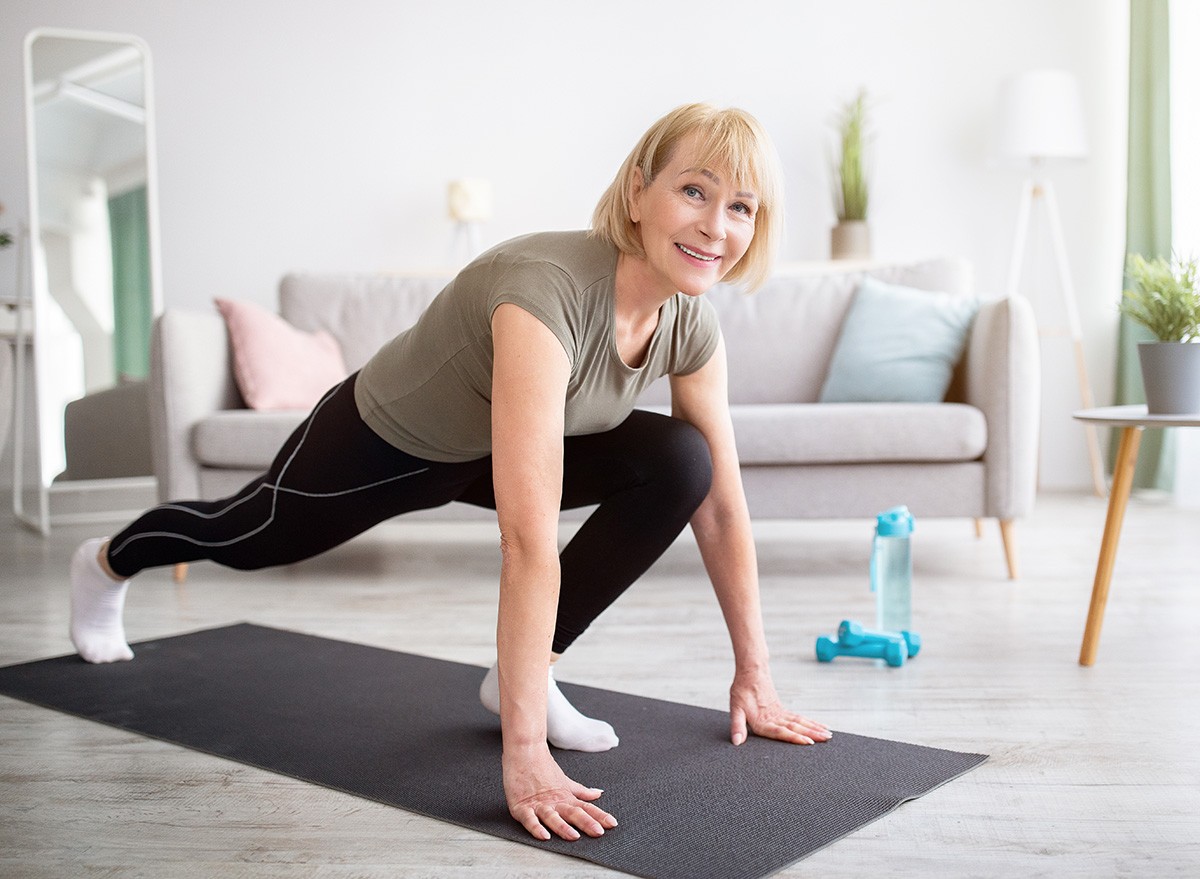
Start by focusing on form over weight. Mastering the movements first with controlled reps will lead to amplified results over time and reduce injury risk. As you begin feeling more comfortable, you can gradually increase the resistance to challenge yourself. And if you enjoyed this article, don't miss 12-3-30 Walking Method: 20 Proven Tips to Lose Weight Faster.




